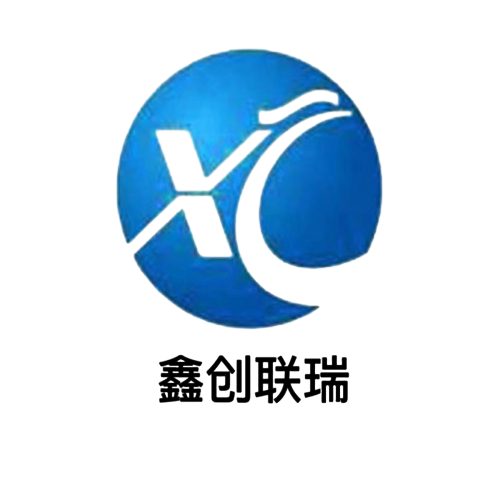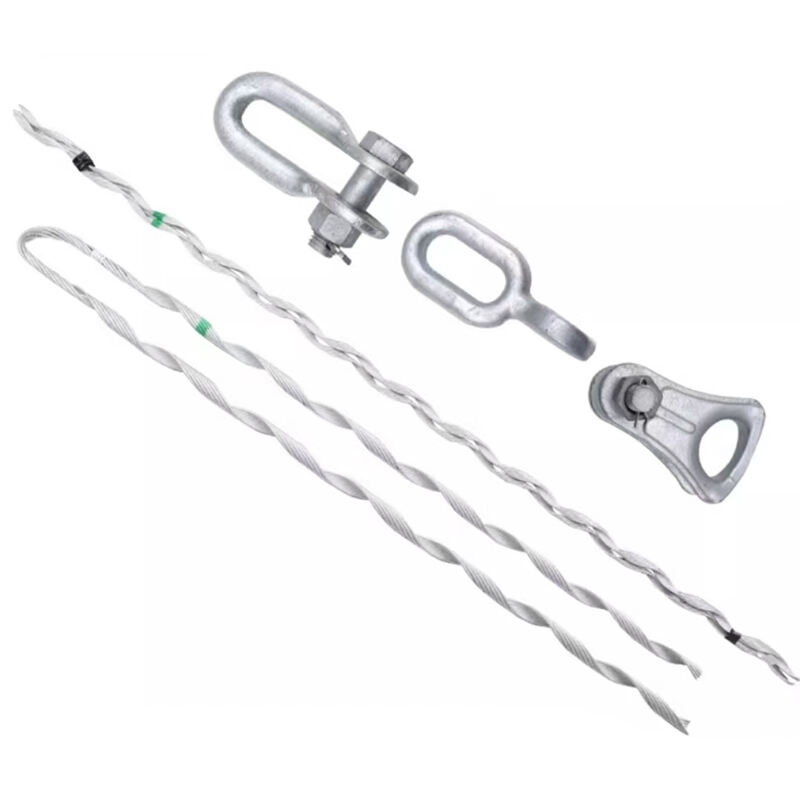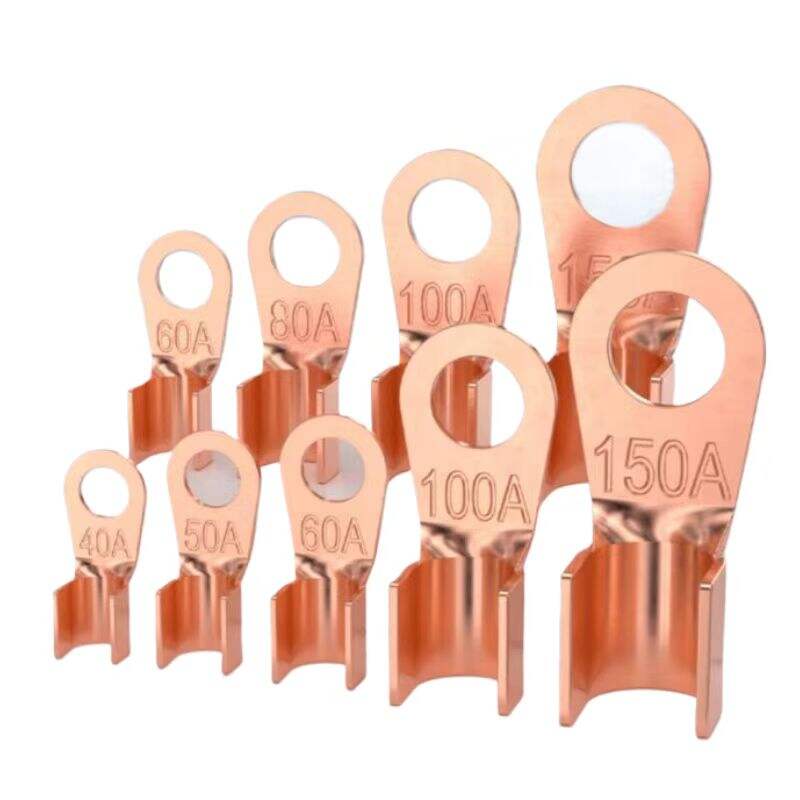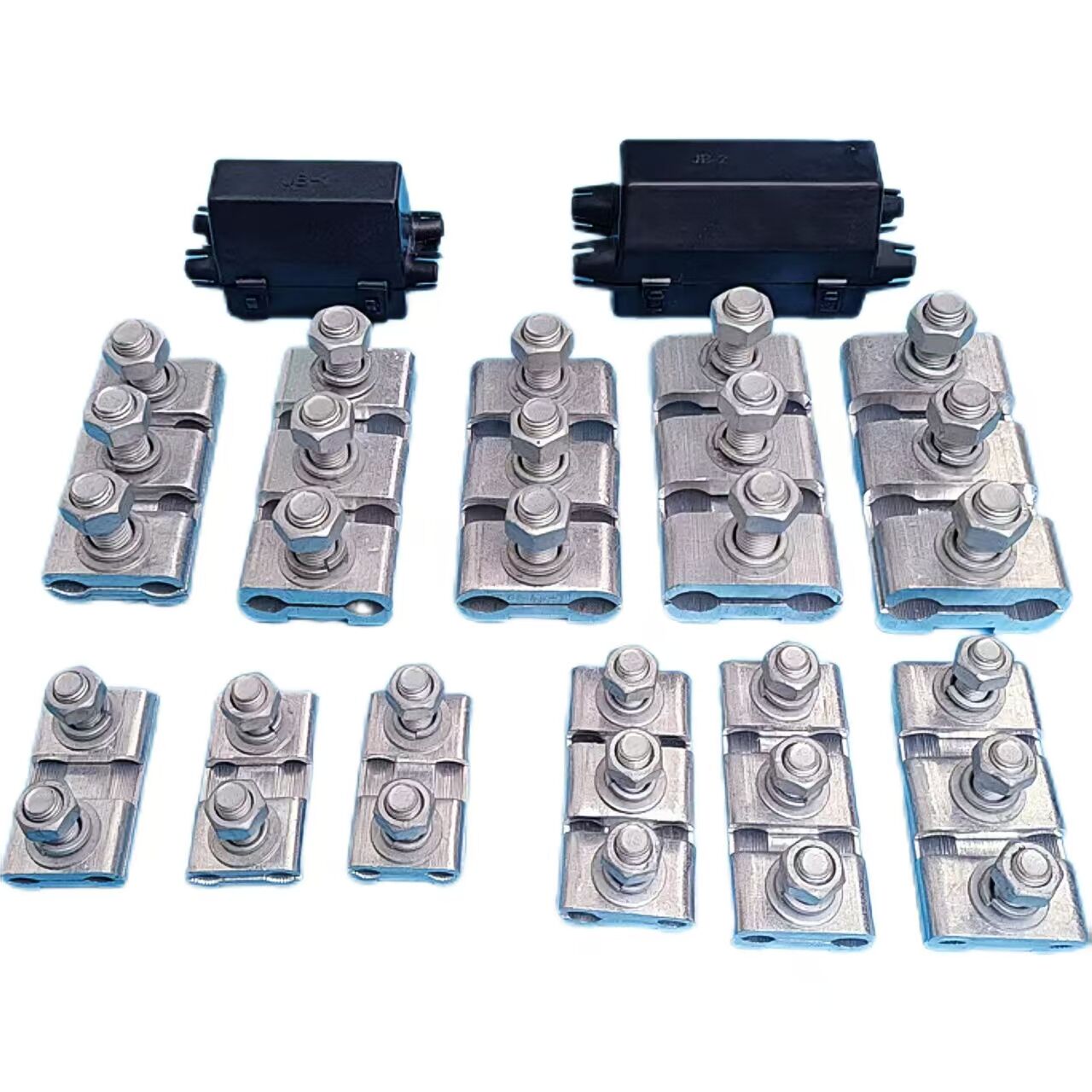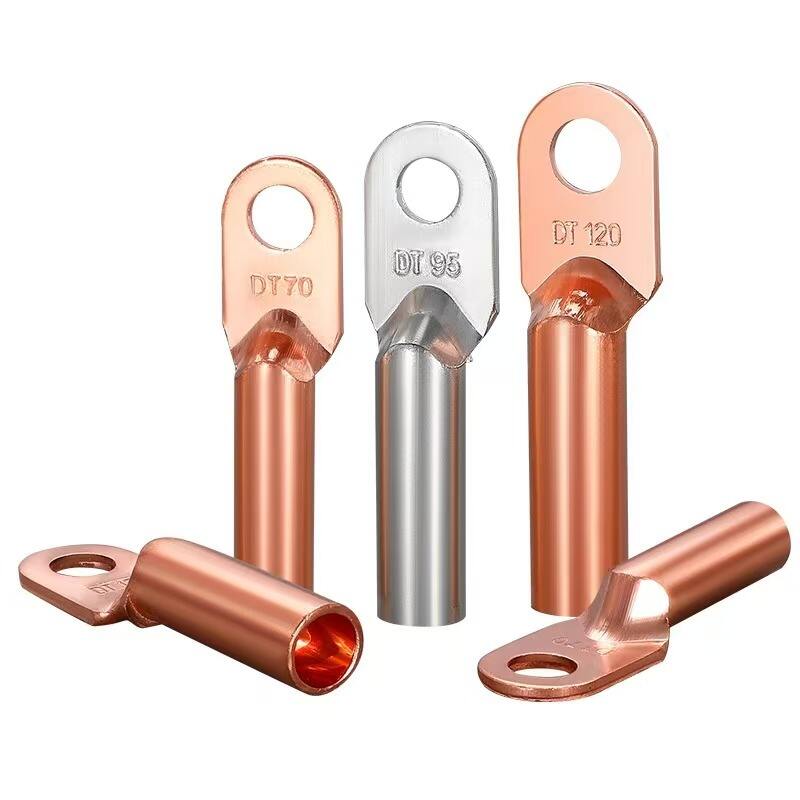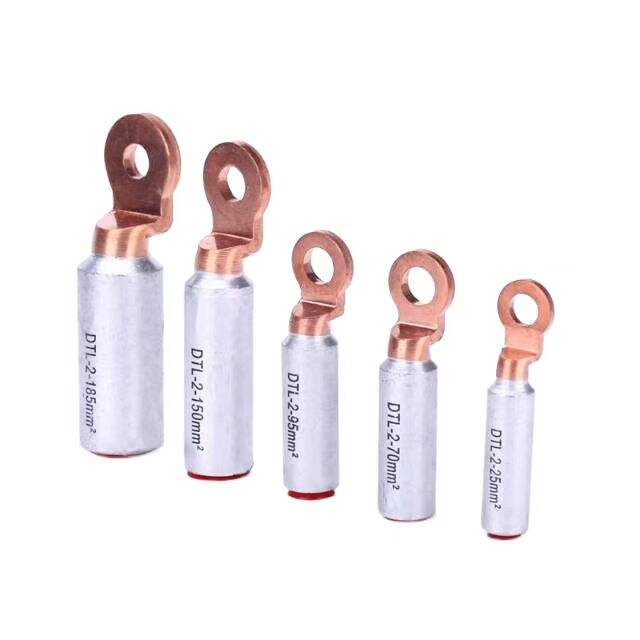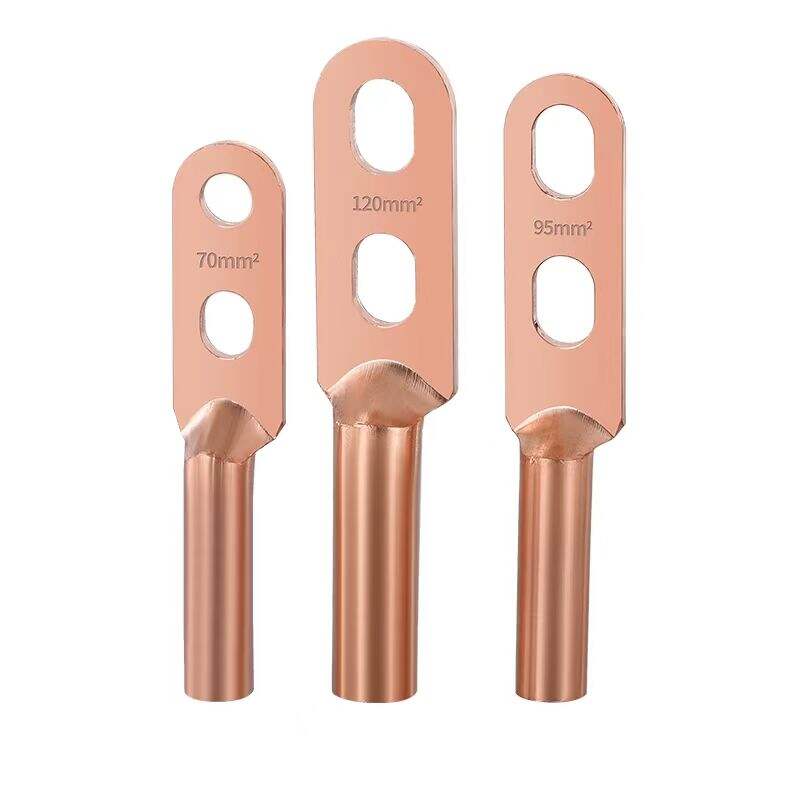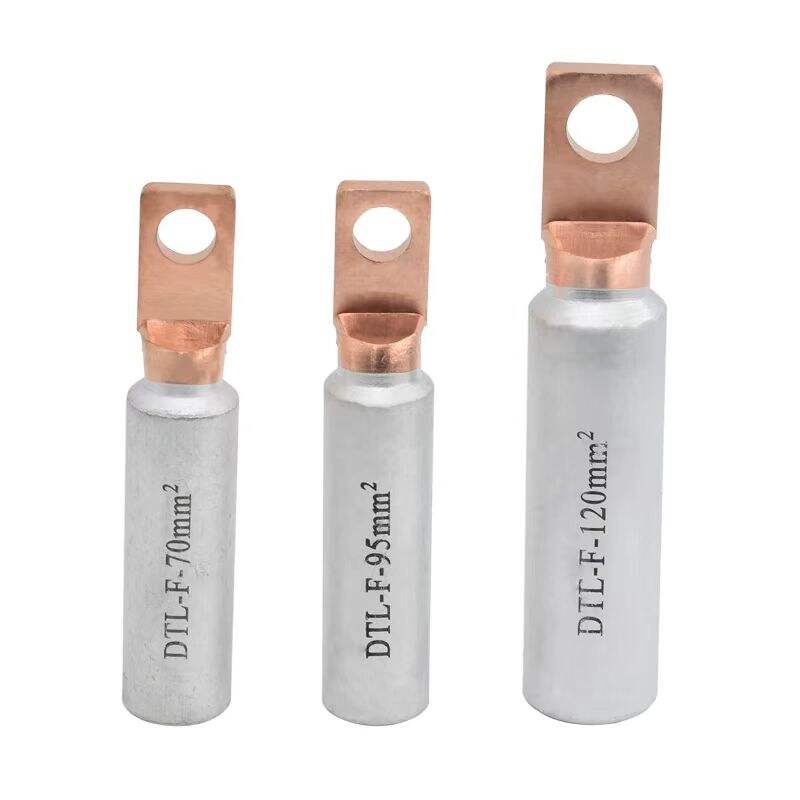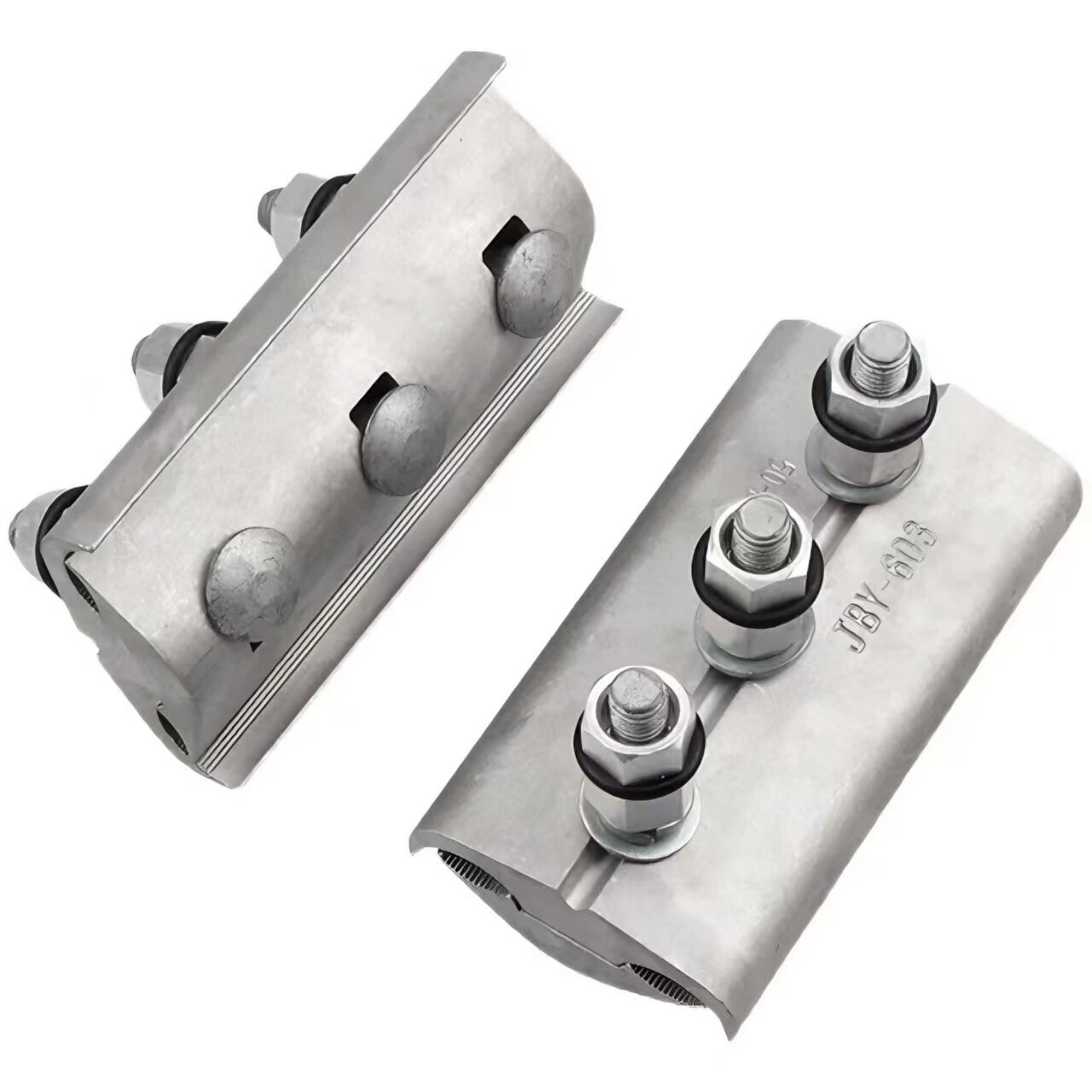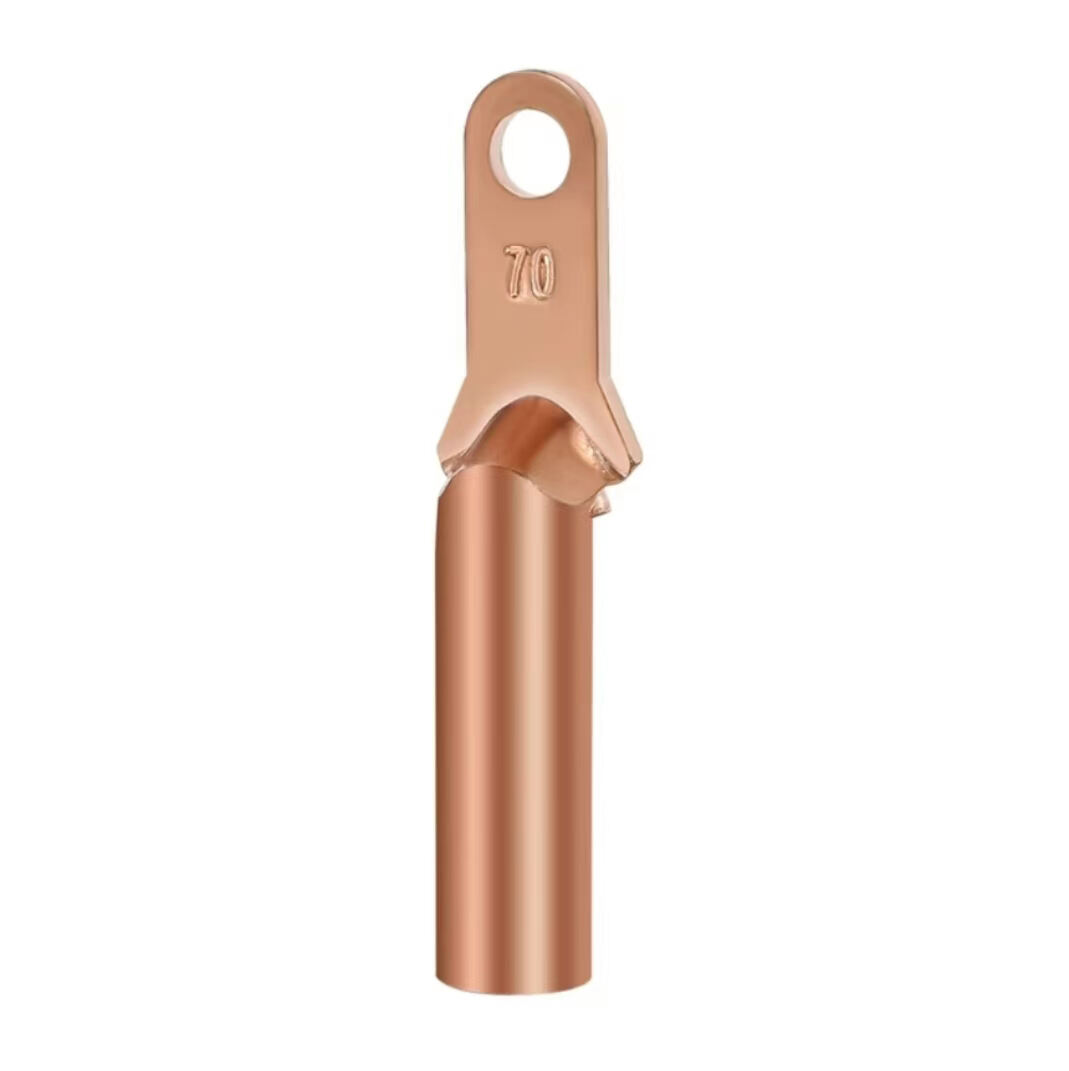1. Structural Composition
Generally composed of inner strands, outer strands, a heart-shaped ring, and an embedment ring. The inner strands are tightly wound around the optical fiber cable, while the outer strands wrap around the inner strands, connecting to utility poles or other fixing devices through the heart-shaped ring and embedment ring. This layered structure ensures a secure grip on the cable and reliable load transmission to the supporting structure.
2. Material Characteristics
Inner/Outer Strands: Typically made of high-strength aluminum alloy or stainless steel, offering high tensile strength and corrosion resistance. These materials withstand long-term outdoor exposure while maintaining mechanical integrity.
Heart-shaped Ring & Embedment Ring: Usually constructed from hot-dip galvanized steel or aluminum alloy, capable of bearing significant tensile forces. The galvanization process provides an anti-corrosion barrier, ensuring durability in harsh environments.
3. Pre-twisted Design
The strands are pre-formed into a specific shape and size before installation, allowing them to closely conform to the surface of the optical fiber cable and evenly distribute mechanical stress. This design eliminates concentrated pressure points, reducing the risk of cable damage and enhancing the clamp’s grip strength. The pre-twisted structure also simplifies installation, as the strands naturally wrap around the cable without requiring specialized tools or complex adjustments.
 E-mail:
E-mail:

